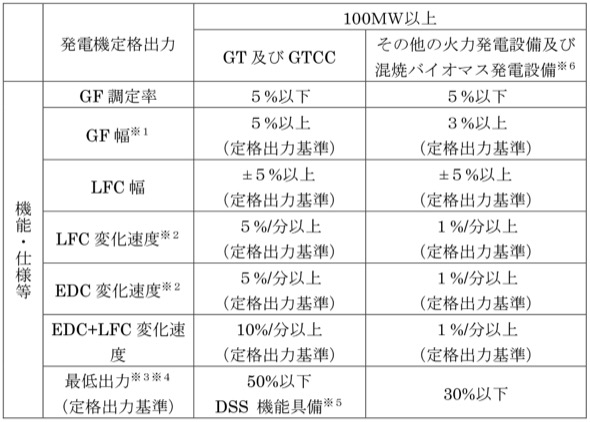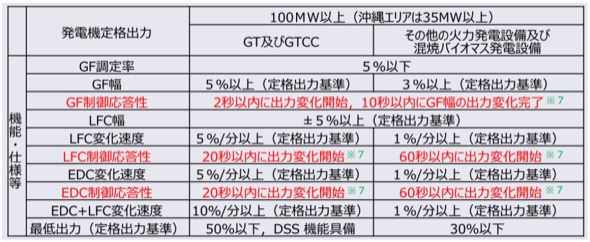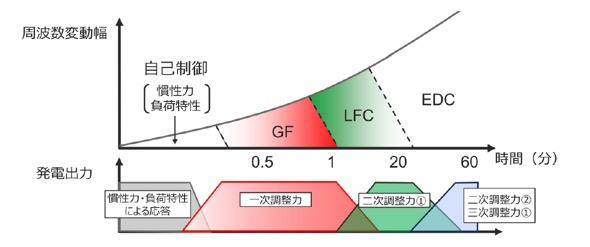As the use of variable renewable energy increases, it is necessary to systematically ensure controllability and inertia for stable operation of the power system. To date, thermal power generation has been responsible for providing most of the reserve capacity, but it is important to promote the decarbonization of the reserve capacity to achieve carbon neutrality.
In addition, to promote new investment in decarbonized power sources, a new “long-term decarbonization power auction system” will be established and will start operating from 2023. According to power requirements to participate in auctions of long-term decarbonization electricity, storage batteries, pump-storage power generation, hydrogen/ammonia thermal power generation, and more. must be equipped with an adjustment function.
For this reason, the OCCTO "Supply-Demand and Equilibrium Review Committee" considered what kind of regulatory function was required specifically for the storage battery.
Currently, regulations require power sources, etc. to be equipped with adjustment functions including market participation requirements, supply and demand adjustment and power grid code requirements. The specifics of the grid code for the storage battery are being discussed separately at the OCCTO "Code Grid Study Group".
Therefore, in this paper, we will report on the regulatory function, which is a requirement to participate in the long-term decarbonization electricity auction.
Technical requirements for grid connection for Power Transmission and Distribution Corporation
The power grid regulation stipulates what types of power sources connected to the power system must meet the technical requirements.
For example, an excerpt from the TEPCO Power Grid (TEPCO PG) system connection specifications (version 1 July 2022) is shown in Table 1. Frequency regulation functionality required. . (Terms such as GF will be described later.)

Table 1. Extracted technical requirements for connection to the TEPCO PG system Source: TEPCO PG
Based on discussions at the Grid Rules Study Group, each power transmission and distribution corporation plans to amend the grid connection technical requirements as follows from April 2023 (changes red).

Table 2. Extracted from revised grid connection technical requirements Source: Grid Code Study Group
Overview of GF/LFC/EDC . regulation function
The terms GF, LFC and EDC are used in the grid connection specifications in Tables 1 and 2, so I will elaborate here.
First, the GF (Governor-Free) function detects frequency changes at its own end to keep the grid frequency constant and the generator's regulator synchronously obeys the changes in grid frequency , which means increase or decrease the power output. This is a highly adjustable speed capable of handling load fluctuations with periods ranging from seconds to minutes.

Figure 1. Adjusted image of GF/LFC/EDC Source: Supply and demand adjustment subcommittee
The LFC (Load Frequency Control) function calculates the power generation output which eliminates bias due to frequency deviation etc. at the central load dispatching center (central power supply) of the power transmission and distribution corporation so that the system frequency is kept constant. and controlled. It corresponds to load fluctuations with a period from a few minutes to ten minutes.
In addition, EDC (Economic load Dispatch Control) responds to relatively long load fluctuations (from ten minutes to several hours) so it can pre-adjust power generation according to average demand forecasts. to control.
Figure 2 shows the products in the market adjusted for supply and demand for GF, LFC and EDC respectively.

Figure 2. Response time images for each adjustment possibility Source: Adjustment Market Supply and Demand Subcommittee






